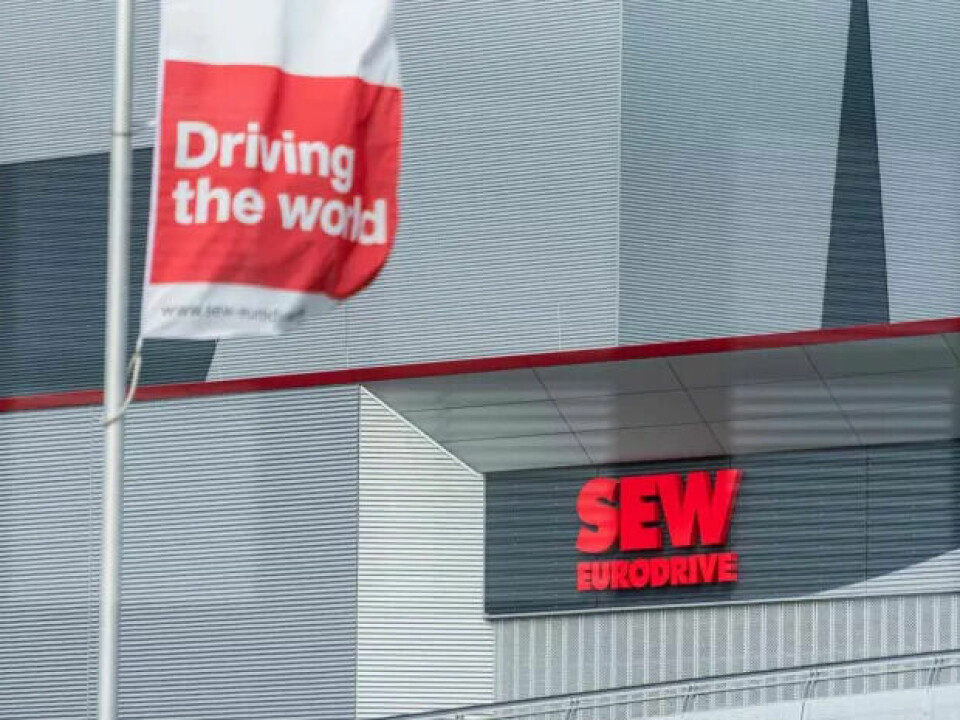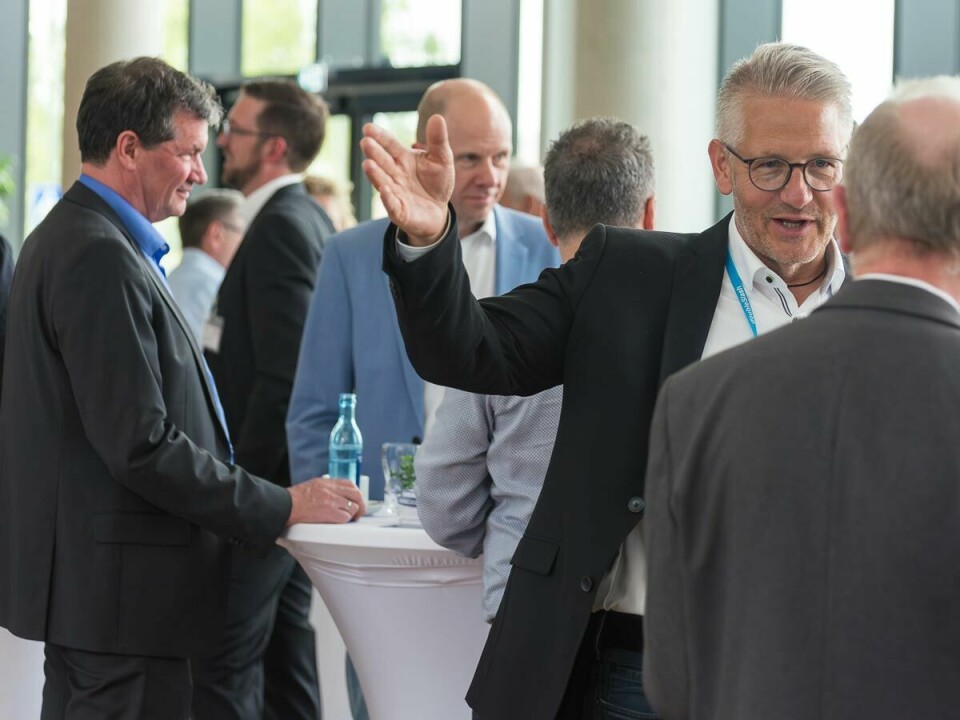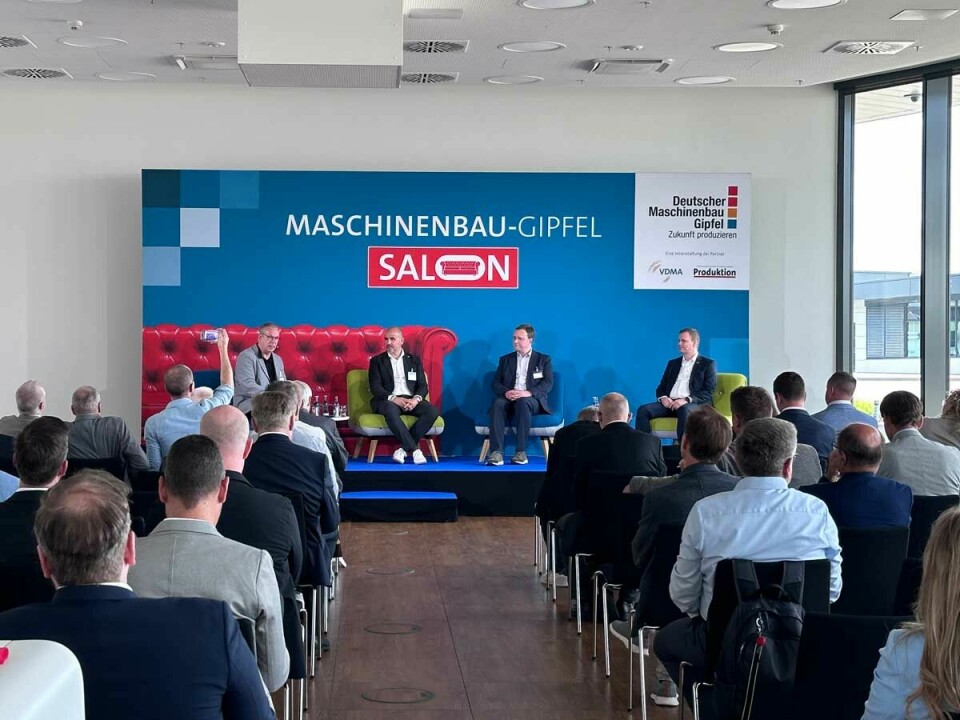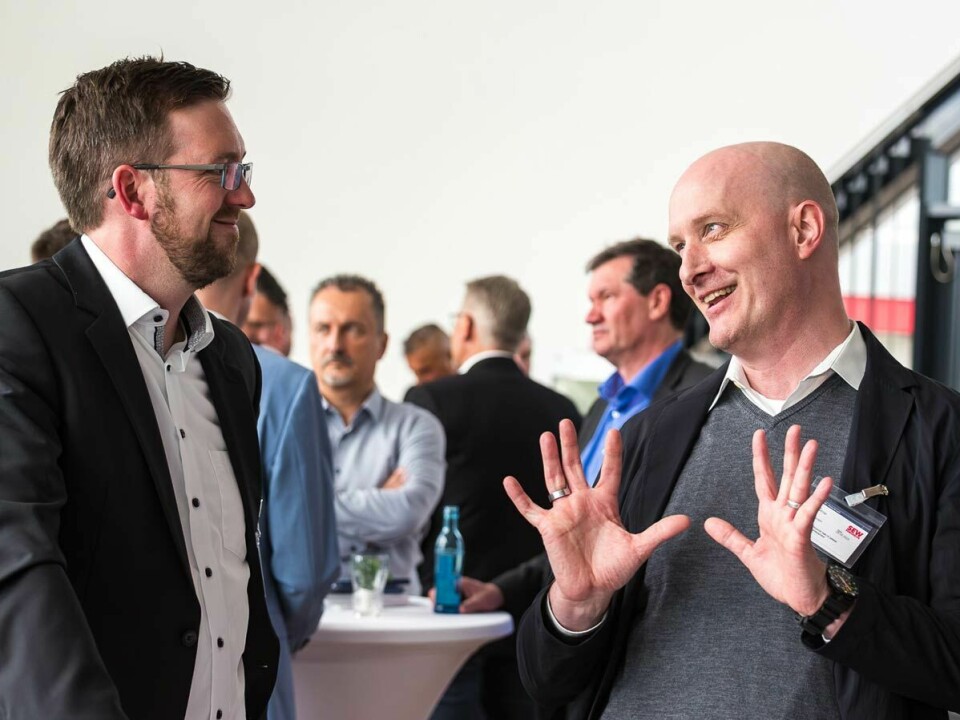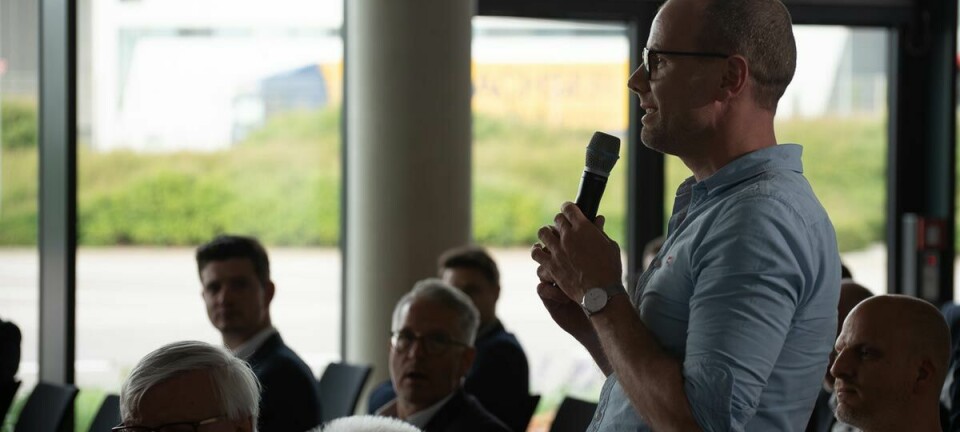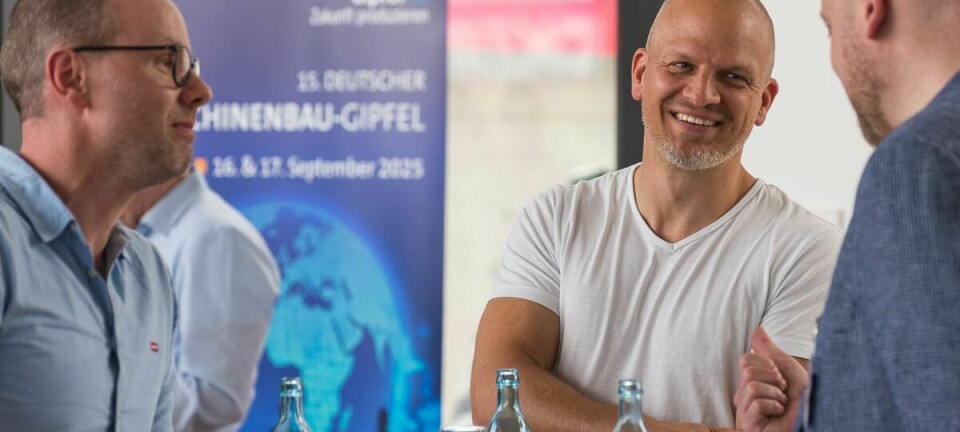Mechanical engineering summit salon
How GenAI and digital twins drive innovation
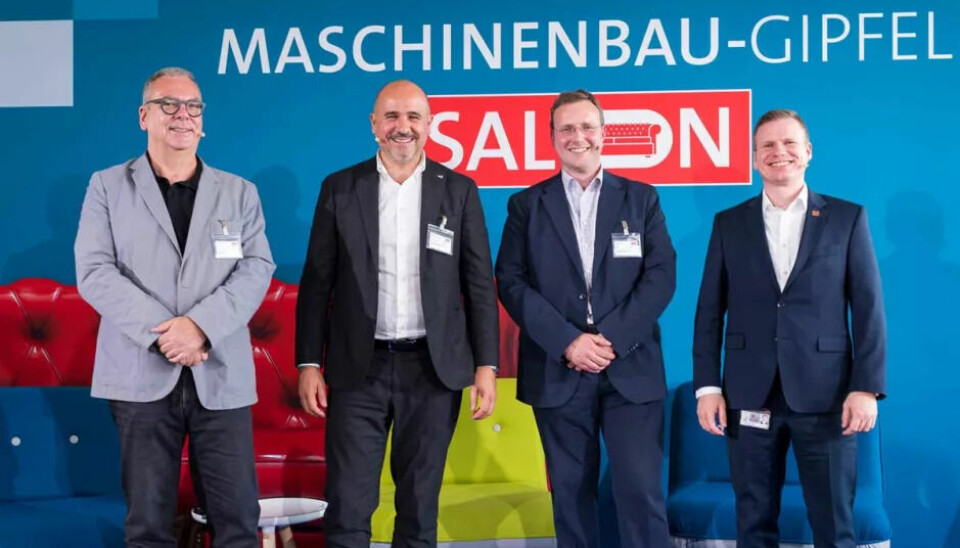
At the mechanical engineering summit salon at SEW Eurodrive, the focus was on the innovation potential surrounding digital twins, AI, and the circular economy. There was consensus that higher budgets for AI and more speed are needed to keep up internationally
The digital twin is considered, in combination with AI, as the starting point for an innovation boost. "This allows us, for the first time, to really collect data with a product and subsequently set up AI on it, run simulations, or make predictions - which
we, in turn, need for the circular economy," explained Heiko Füller, head of market and analytics at SEW Eurodrive. The digital twin is used to optimize the design of gearboxes in development or to reduce energy in processes, not least with regard to CO2 regulations and reporting obligations.
Among the most important prerequisites, as agreed in the salon round after a factory tour at SEW Eurodrive, is creating the necessary data quality. "If you have a corresponding amount of data and - for example, also synthetically generated - models, then generative AI can be used effectively, without hallucinations," explained Dieter Friedrich Sauer, senior director at Dassault.
The mechanical engineering summit salon in pictures
GenAI: Transformation and rethinking
The discussants also agreed on other points: Generative AI stands for disruption in some areas, but it always requires a transformation that cannot be achieved overnight. Especially in medium-sized businesses, engagement with the new technology is still too slow. Simply waiting and watching how the competitor can benefit is not a solution, also because the introduction takes time.
“You have to engage with the technology and then really consider where it advances me and my business model,” stated Füller. “In fact, there is often still a lack of a clear vision and idea in the machinery and plant engineering sector. We need to think differently in companies,” said Guido Reimann, deputy managing director and coordinator of the Artificial Intelligence Competence Network at VDMA. The discussion about the poor data quality in companies has been going on for ages. Generative AI (GenAI) now offers the opportunity to recognize “what you can really achieve with good data and a good data base,” according to the VDMA expert.
Gaining competitive advantages through AI
From Sauer's perspective, it is evident that the industry with its products and services on the world market, especially with regard to competitors from China and challenges from the USA, is increasingly under pressure. He advocated looking at one's own product differently, “from the end,” and focusing on the “experience,” the customer experience, to ensure competitiveness.
“Don’t we basically have to completely rethink the product or the result of what we do and enrich it with topics that were not previously part of the product? AI can help us to completely rethink these things, very early in the development of the product itself or the experience,” said Sauer. We are very good at continuously improving things here. However, simply introducing AI into the process to become a little faster and better is not enough. Given the innovation potential of AI, this carries the risk of “being overtaken on the right by providers who do something completely different.”
“At the end of the day, it all comes down to this: the customer must make more margin. This means they must achieve better productivity through us, and profitability must also be right. This needs to be considered. Simply integrating new tools and new features will not work - we at SEW had to learn this at the beginning,” confirmed Füller.
Why does mechanical engineering need more courage for disruption?
Heiko Füller sees challenges particularly in the area of know-how. In our own company, there is primarily the classic industrial training: electrical engineering, mechanical engineering, mechatronics. “AI was a domain of IT for years. We are now confronted with a technology that we
first have to think through ourselves and also empower the employees,” summarized Füller.
Only in this way can we even begin to understand the potentials. Here, it is crucial to create opportunities to try out the technology in a corporate context. It requires courage to question existing processes and systems - especially in production, where the maxim ‘never change a running system’ applies.
From Guido Reimann's perspective, it is important to remember the pioneering spirit that many medium-sized machine builders can proudly look back on during their founding phase. He advises companies to "approach the topic of AI with this spirit now." "It's not just about hardware in connection with mechatronics and software anymore, but there's simply a slightly larger world, an ecosystem around my plant, my machine - and that's also more important for the customer," stated Reimann.
From Dieter Friedrich Sauer's perspective, end-to-end digitization, from design to recycling in the virtual twin, represents an important key. If this layer is present, one can also react situationally and quickly within the value chain.
Management must drive AI
In the concluding discussion round, the question arose whether, especially in medium-sized companies with up to 500 employees, the importance of value creation in AI is lacking, and therefore investments are also lacking. For a non-essential SAP conversion, the budget is usually available, while for AI, only a very meager budget is often spent. One piece of advice from the expert panel was that companies could provide themselves with internal venture capital to explore AI potentials
to identify and try out in proof of concepts - even if there is no immediate ROI in sight.
The often lacking support from management was also criticized. All experts unanimously agreed that it is a central management task to advance AI innovation. This is not only necessary to set up the required budgets but also to implement a consistent AI strategy with standards and data governance. On the other hand, many ideas first arise among the people in the process - both levels need to be brought together. It is especially important to clearly differentiate between more productivity for the individual - for example, by using GenAI to translate documents into different languages or to speed up tasks in product development - and the use of AI in the product.
How do medium-sized companies specifically benefit from GenAI use cases?
Some participants complained that there are not enough use cases for medium-sized companies to orient themselves. The experts referred to the VDMA study "GenAI in mechanical and plant engineering - from promise to profitability," which shows successful application scenarios. Reimann mentioned a current example of a mechanical engineer from the construction industry who now supports his customers in analyzing tender documents. The mostly small customer companies with around 15 employees often do not have the capacity to tackle complicated, extensive tenders for construction projects. For this purpose, an appropriate AI tool was provided, enabling customers to obtain targeted contracts.
Heiko Füller also reported on the support that GenAI can bring to marketing and sales. In the area of analysis and strategy, the technology is helpful because a lot is pre-processed and prepared, allowing further work to be done. "It doesn't solve my problems, but it gives me a better perspective so that I can find better solutions more efficiently later," said Füller. In development, too, AI-based ideas and possibilities for prototypes are shown to build upon.
Edited by Dietmar Poll
